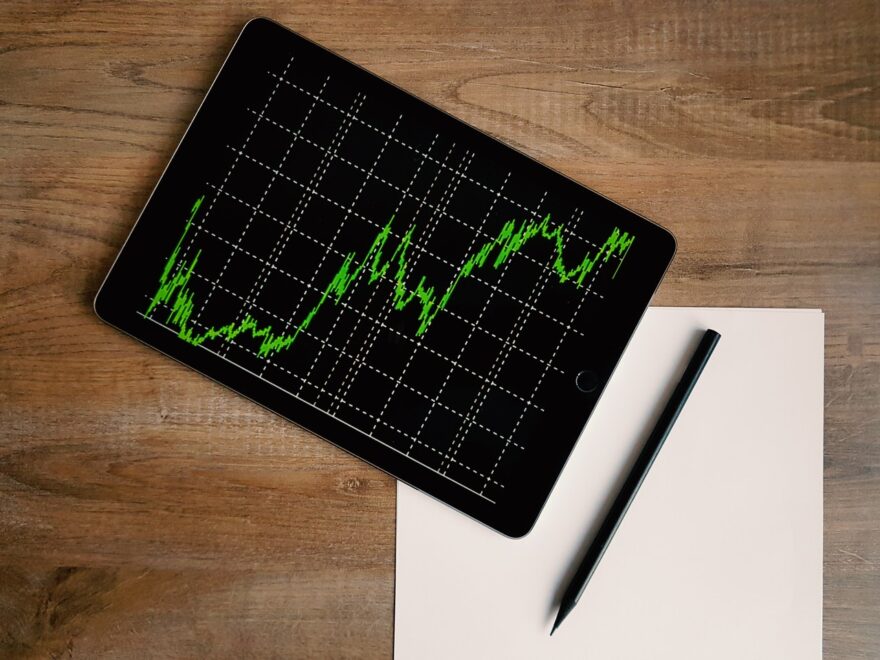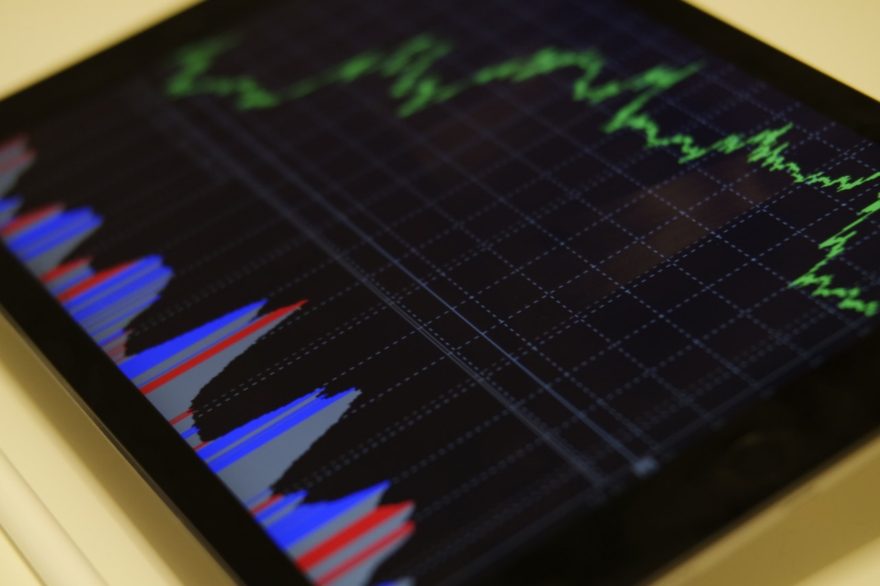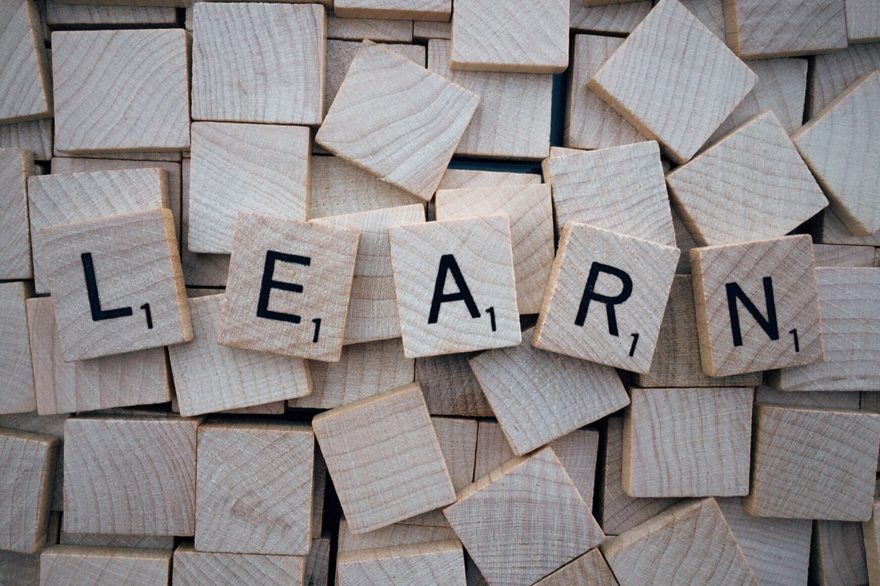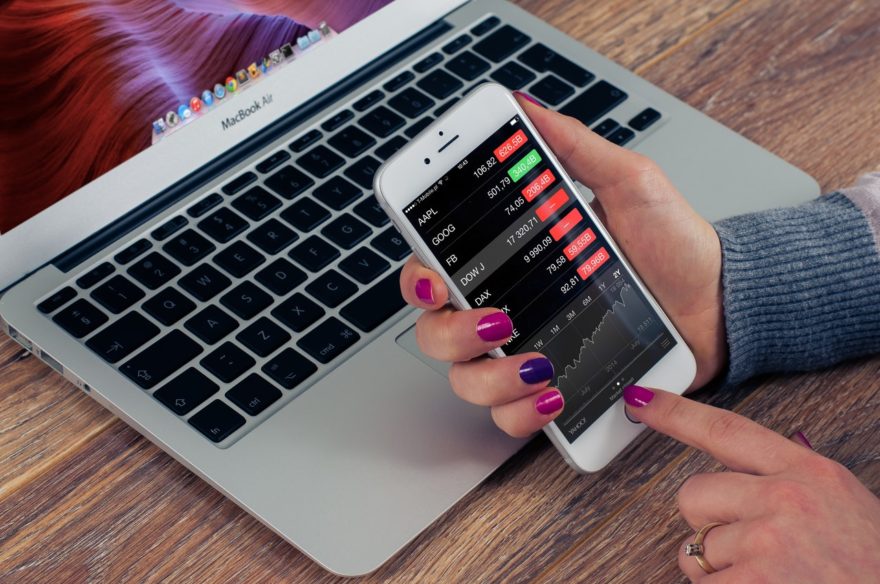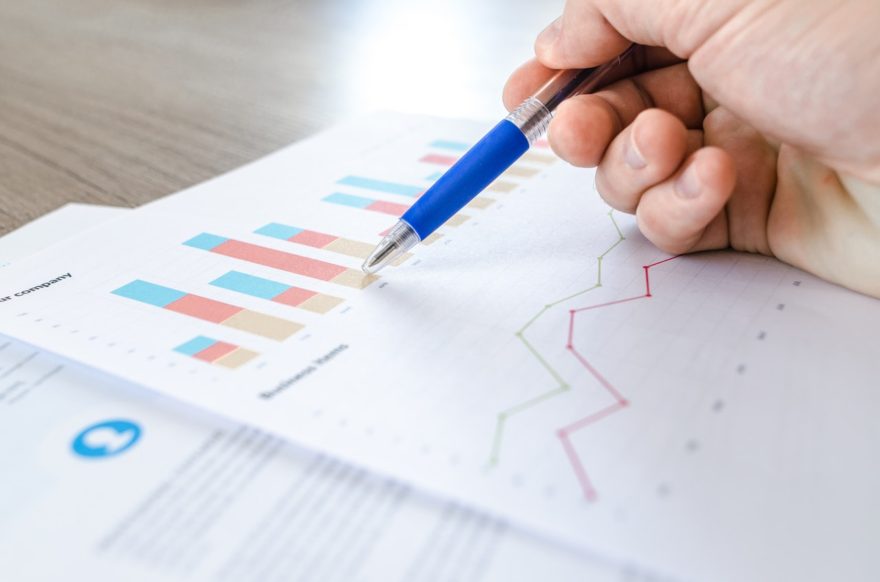Opportunities for a Low Yield World PART 1
Everyone wants their investments to make more money, but we have to be careful to avoid the High Yield Trap. Since the Coronavirus Crash, central banks have been lowering interest rates to near zero. Last year, I was buying CDs at 2-3%. This week, I’m looking at the same CDs with yields of 0.1% to 0.2%. To which, my client innocently asks: What can we buy that will make more than a couple of percent with low risk?
Nothing, today. The five-year Treasury Bond currently yields 0.22%. That’s unacceptable for most investors, and it will push them out of safe fixed income, like Treasuries, CDs, and high quality municipal and corporate bonds. The yields are just too darn low.
Where will they go in pursuit of higher yields? Oh, there are plenty of bonds and bond funds with higher yields today. Credit quality has been plunging, as rating agencies are trying to keep up with downgrading firms that are being devastated by the shutdown or low commodity prices. In fact, through June 16, $88 Billion in BBB-rated bonds were downgraded to Junk Bond status this year. Each downgrade causes selling, which lowers the price of the bond, and the yield goes up (at least for new buyers).
Why It’s Called Junk
Before you get too excited, there are reasons to be concerned about buying lower grade bonds. In an average year, 2% of BB bonds and 4% of single-B rated bonds will default. That’s why high yield bonds are called junk bonds.
When those companies file for bankruptcy, the bond holders won’t be getting paid back their full principal. They will have to wait for a bankruptcy court to approve a restructuring plan or to dissolve the company. According to Moody’s, the median recovery is only 24 cents on the dollar when a bond defaults.
And while a 2-4% default rate might not sound too bad, that’s in an average year. In a crisis, that might rise to 8-10% defaults. In 2009, global high yield bonds had a 13% default rate in that year alone. These are historical rates, and it could be worse than that in the future. Additionally, the possibility of default increases as a company gets downgraded. If your BB-rated bond gets cut to CCC-rated, the chance of default is now a lot higher than 2%. And the price will probably go down, which creates a difficult choice. Do you sell for a loss or hold on hoping that the company can pay off your bond?
Here in Dallas, we are seeing a lot of companies go bankrupt, pushed over the edge by the Coronavirus. Big names like J.C. Penney, Neiman Marcus, Pier One, Chuck E. Cheese, Bar Louie, and others have filed for bankruptcy in 2020. Most of these companies were issuers of high yield bonds and had a lot of debt. When they got into trouble, they could not keep up with their debt payments and had to fold. Expect more retailers, oil companies, and restaurants to go under before the end of 2020. Bond holders in those companies could lose a lot. (In all fairness, stock holders will do even worse. There is usually zero recovery for stock holders in bankruptcy.)
Funds versus Individual Bonds
If you are investing in a high yield bond fund, you may own hundreds or thousands of bonds. The fund may have a 7 percent yield, but don’t get too excited. A high yield fund is not a CD. You are not guaranteed to get your principal back. It’s likely (even more likely in the current crisis), that your return will get dinged by 2-4% in defaults and losses due to credit downgrades.
If you own individual high yield bonds, it can be even more precarious. Either the bond defaults or it doesn’t. Having the potential for an 75% loss, while earning an average 5-7% annual yield, is dangerous game. Everything is fine until you have a default. A single loss can wipe out years of interest payments. That’s why I generally don’t want to buy individual high yield bonds for my clients.
The quoted yield of 5-7% for high yield bonds does not reflect that some of those bonds will default. If you consider a 2-4% default rate, your net return might be more like 3-5%. That’s the High Yield Trap. Your actual returns often fall short of the quoted yield.
High Yield bonds are issued by companies. Stocks are companies. If companies do poorly – really poorly – both the stocks and bonds can get walloped at the same time. That’s the opposite of diversification. We want bonds to hold up well when our stocks are doing poorly. In finance jargon, we would say that there is a high correlation between high yield bonds and stocks. We want a low correlation.
Instead of High Yield?
What I would suggest, if suitable for an investor, would be a 5-year fixed annuity at 3% today. That would give you a guaranteed rate of return and a guaranteed return of your principal. That’s not super exciting, but it’s what investors need from fixed income: stability and dependable income. Don’t buy bonds for speculation. And above all else, Bonds should avoid the possibility of massive losses.
Be wary of the High Yield Trap. The yields appear attractive in today’s super low interest rate environment. But let’s be careful and not take unnecessary high risks. All bonds are not created equal. When you reach for yield, you are taking on more risk. Defaults have the potential to drag down your performance in a fund. In individual bonds, they could almost wipe out your original investment.
High Yield bonds are not inherently bad. If you bought at the bottom in 2009, they recovered very well. But I am very concerned that today’s yields are actually not high enough to compensate for the potential risk of defaults. We’ve already started to see corporate bankruptcies in 2020 and it’s possible we will have above average defaults in the near future. Until we have a real fire sale in high yield bonds, I’d rather stay away.
We will discuss ways of improving your yield next week. Yes, it’s a low interest rate world, but there are ways we can incrementally improve your portfolio while maintaining good credit quality. We will also discuss financial planning strategies for low rates in an upcoming post. If you’d like a free evaluation of your portfolio, to better understand your risks, please send me a message for an online meeting.





